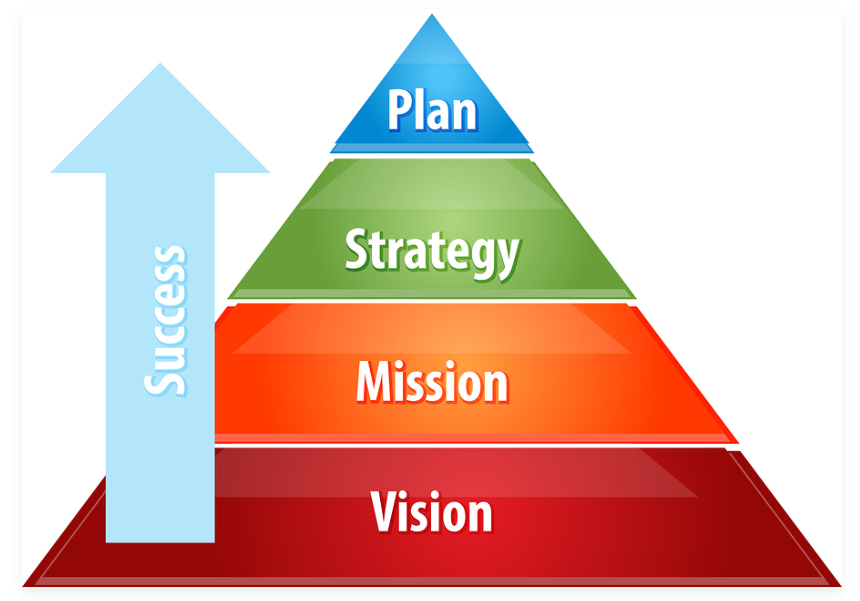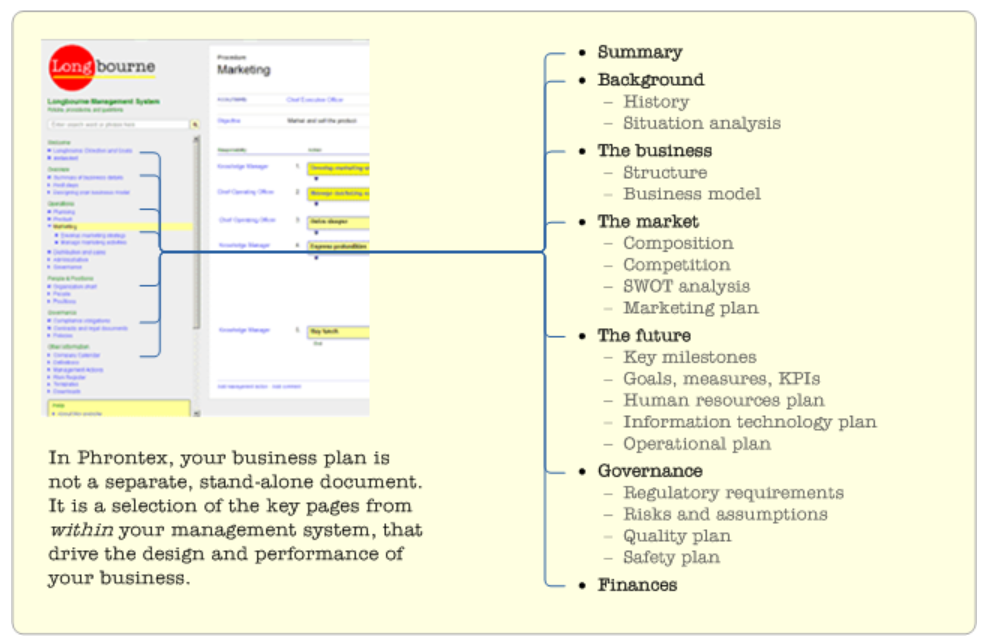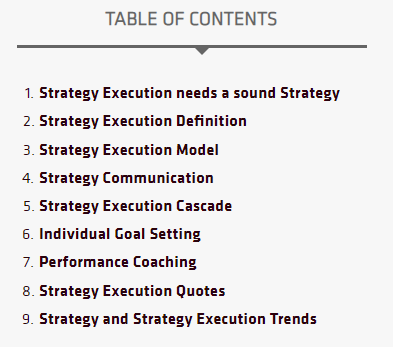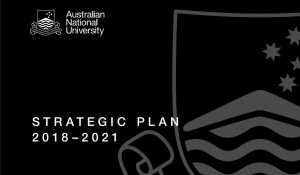Purpose
A strategic plan is a high-level document that clearly defines the vision and key objectives of a business, recognises the current reality and provides a roadmap to guide the business going forward.
A strategic plan should be supported by more detailed planning documents, e.g. Sales and Marketing Plan, Operational Plan etc, and consolidated work plans (e.g. annual or quarterly business plans).

Format
There is no ‘right way’ to put together a strategic plan. Do what works for you. The value lies in the though process, not the actual document itself. Over many years of generating strategic plans, I’ve found this format works well. •
- Vision
- Mission
- Values
- Strategic Objectives
- Actions
- Metrics
- Actions
A strategic plan typically includes descriptions of the organisation’s Vision, Mission, Values, and Strategic Objectives. The strategic objectives are then supported by more specific actions and metrics.
Vision
An organisation’s Vision is a detailed description of what the business could look like in 3 – 5 years. It should include some ‘blue sky’ thinking, i.e. an assumption that things will go well, and ambitious goals will be realised, a vision should reflect the appropriate balance between ambition and reality. The vision should describe the key aspects of the business including:
• Revenue targets, including a description of target markets and key customers
• Operational scope – outline any significant changes to the facility, plant etc.
• Personnel – describe any key changes to the organisational structure, role of Directors etc
Vision Example
It is 2023 and ABC Pty Ltd has achieved $10m in revenue and EBIT of 10%, with 50% of revenue being generated from sales of our new XYZ product. Our new XYZ production facility is fully operational and we now employ 50 staff. We have employed a GM to oversee day-to-day operations and our Directors are now focussed on strategic business development and R & D.

Mission
The Mission, or purpose statement, describes the ‘why’ of an organisation. It explains what the organisation is aiming to achieve. Whilst ‘make money’ is a reasonable ambition for any for-profit business, a sustainable business will need a more compelling ‘why’ to guide it through the inevitable challenges that every business will face.
Mission Example
ABC Pty Ltd was established by Directors Ernie and Bert to produce Australia’s most sustainable building materials. ABC combines science and innovation to generate high-quality building materials manufactured from recycled materials that would otherwise become waste. ABC products are functional, affordable and sustainable, providing an ethical alternative to Australia’s building sector.
Values
Clearly articulating an organisation’s values provides everyone with some ‘road rules’ on how the business operates. This help guide day-to-day decision-making and allows the organisation to differentiate itself to customers, employees, potential employees and investors. Try to avoid ‘bland’ or generic values (e.g. the best, the cheapest etc) when formulating your list, work hard to pin-point what the organisation really stands for.
Values Examples
- We are transparent in our dealings with our suppliers and clients.
- We prioritize sustainability in all that we do.
- We will take a pro-active, no-blame approach to problem solving.
The above ‘values’ example is from the Australian Veterinary Association, see https://www.ava.com.au/our-plan
Strategic Objectives
Strategic objectives are the various ‘building blocks’ that make up the business. Each business is unique, but a few common themes exist. If you follow the ‘customer journey’ it starts with marketing and sales, progresses to operations/production and involves finance and administration. Work out the key activities that make your business work and how each needs to be improved to achieve your vision. Support these objectives with specific actions and metrics to allow you to measure progress.
Strategic Objective Examples
Marketing and Sales
- 1. Increase marketing activity to achieve 20% growth in revenue per annum.
Actions
- 1.1 Grow online marketing reach nationally.
Metrics
- 1.1.1 Google Analytics report shows website visits > 500 in each state and territory.
Links
Jeroen De Flander
Jeroen has generated a vast amount of high-quality content for business owners, much of it centred around strategy execution. Visit his website to access ‘Strategy Execution – The Definitive Guide‘ (see the table of contents below), it really is a vast trove of quality, free content. He has presented at Entrepreneurs Programme Learning Events and the feedback has been very positive.
Australian National University’s Strategic Plan
Here is a link to the Australian National University’s Strategic Plan 2018-2021. It is a good example of how simple a strategic plan can be for such a complex organisation, remembering that there will be a great deal of supporting information to back it up.
Phrontex
Phrontex is a knowledge management system that includes some powerful strategic planning capability. It is just one good example of a software-based approach. There are many others.

Whilst I support a digital knowledge management system because of its efficiencies, I still advocate for ‘old school’ strategic planning approaches that involve butcher’s paper, whiteboards and Post It Notes too, there’s a lot to be said for the process of physically ‘doing stuff’.





